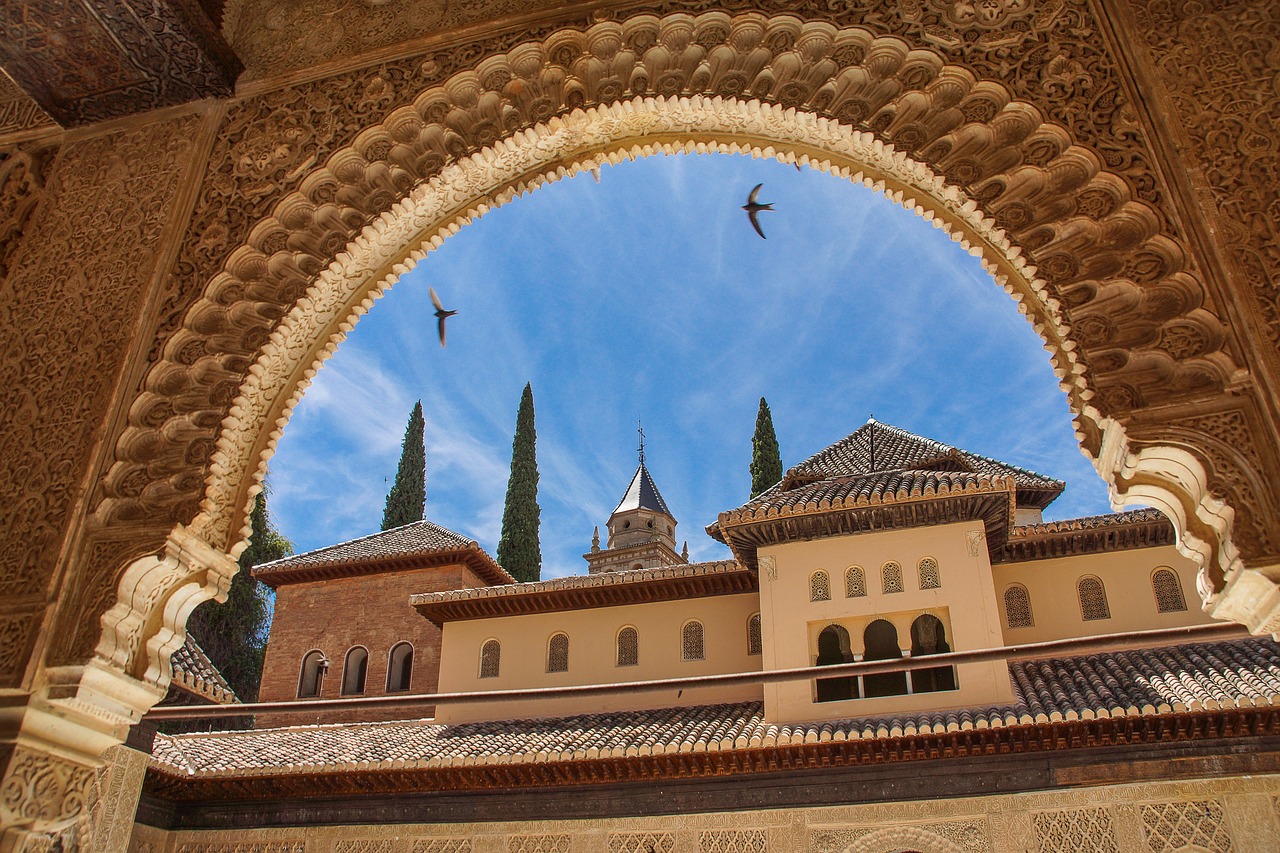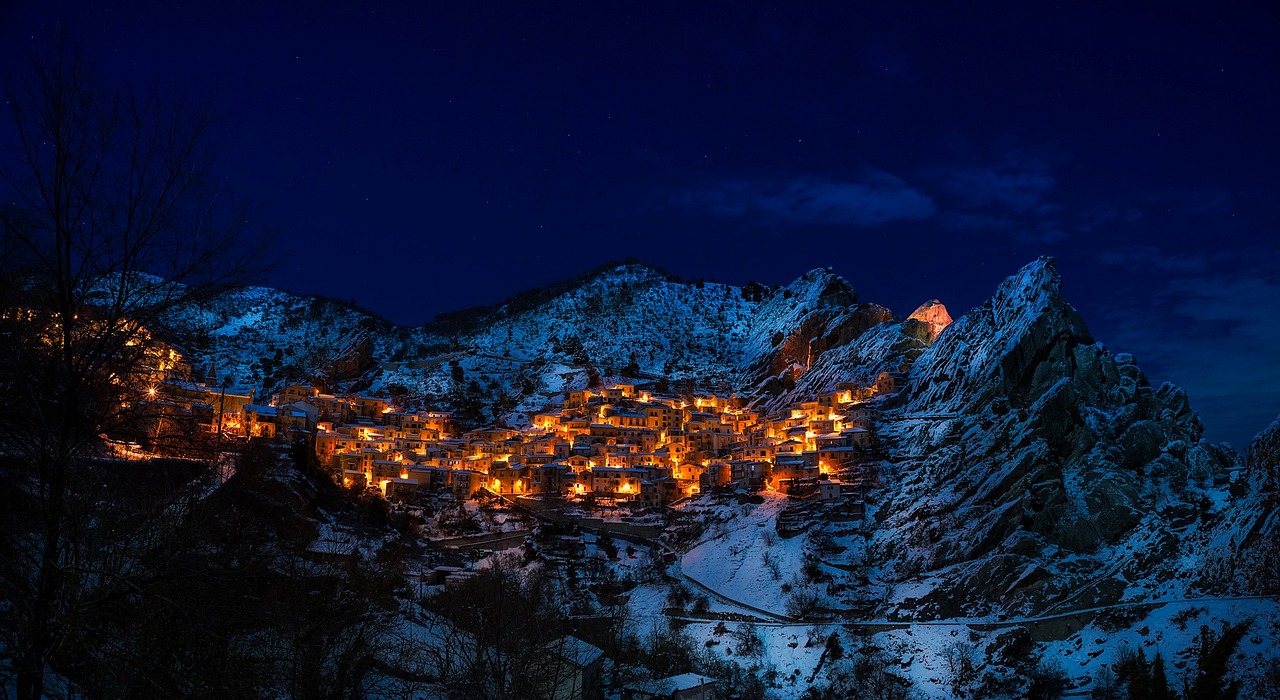In the realm of historical fortresses, Mezek’s Timeless Fortress stands as an enduring testament to the medieval Byzantine era. This formidable stronghold, believed by some historians to be the Neutzikon or Versinikiya fortress, was constructed during the reign of Byzantine Emperor Alexius I Comnenus.
Adorned with three brick bands and fortified by nine towering round structures, it served as an essential guardian of the border, until the intrusion of the Ottoman Empire in the 14th century. Despite enduring destruction in 1900, the fortress has been valiantly preserved, with the northern wall remaining intact at the terrain level, and other sections undergoing meticulous conservation efforts.
Through the unearthing of assorted artifacts, such as charred corn, iron arrowheads, spurs, and horseshoes, a glimpse into the daily life of the period has been revealed. Today, Mezek’s Timeless Fortress stands proudly as a national antiquity and architectural monument, beckoning the curious traveler to embark on a captivating journey through time.
Key Takeaways
- The Mezek fortress is a well-preserved medieval Byzantine fortress located near Mezek village in the Rhodope mountain.
- It is believed to be the fortress Neutzikon or Versinikiya, constructed during the reign of Byzantine Emperor Alexius I Comnenus.
- The fortress is surrounded by walls made of stones, decorated with three brick bands on the outside, and reinforced by nine round towers.
- The fortress functioned as a border guarding fortress until the Ottoman invasion in the 14th century, and various artifacts have been discovered, providing insights into the way of life during that time.
History and Construction
The medieval fortress near the village of Mezek is believed to have been constructed during the reign of Byzantine Emperor Alexius I Comnenus and served as a border guarding fortress. Its walls were built of stones and reinforced by nine round towers over 10 meters high. The construction techniques used in the fortress demonstrate the advanced engineering skills of the Byzantine Empire during that time.
The cultural significance of the fortress lies in its role as a defensive installation in the Rhodope mountain and its preservation as the best-preserved fortress in the area. It provides valuable insights into the military strategies and architectural practices of the Byzantine civilization.
The fortress has also witnessed historical events, such as the Ottoman invasion in the 14th century, making it a site of historical importance.
Architectural Features
Constructed during the reign of Byzantine Emperor Alexius I Comnenus, the medieval fortress near the village of Mezek stands as a formidable testament to the ingenuity and architectural prowess of its builders.
The construction techniques employed in the creation of this fortress are impressive. The walls, built of stones and decorated with three brick bands on the outside, surround an area of about 7 decares. The nine round towers, each over 10 meters high, reinforce the fortress defense. These architectural features not only showcase the defensive capabilities of the fortress but also demonstrate the strategic thinking of its builders.
The fortress served as a border guarding fortress, emphasizing the importance of its defensive structures. The formidable nature of the fortress is further exemplified by its function until the Ottoman invasion in the 14th century.
The preservation of the walls and the discovery of numerous iron arrowheads, spurs, and horseshoes provide insight into the defensive capabilities and way of life within the fortress.
Preservation and Tourism
Preservation and tourism activities have been carried out to maintain the historical significance and attract visitors to the medieval fortress near the village of Mezek. The fortress, being a national antiquity and architectural building monument, holds immense cultural significance. However, restoration challenges have been encountered in the process.
-
Restoration Challenges:nnThe destruction of part of the fortress in 1900 to construct Turkish barracks posed a significant restoration challenge. Efforts have been made to conserve the remaining walls, with the northern wall preserved at the terrain level. Restoration activities were carried out in 1973 and 2007 to maintain the fortress’s structural integrity.
-
Cultural Significance:nnThe medieval fortress is a testament to the Byzantine era and provides valuable insights into the way of life during that time. The discovery of stone mills, metal instruments, and various artifacts, such as iron arrowheads and spurs, further enhances its cultural significance. The fortress’s strategic location as a border guarding stronghold adds to its historical importance.
-
Tourism:nnThe fortress attracts visitors who are interested in exploring historical sites and understanding the region’s rich history. A tourist information center is available, offering guided tours to enhance visitors’ experience. Additionally, Mezek village, located nearby, provides accommodation and dining options for tourists. The preservation and promotion of the fortress contribute to the local tourism industry and economic development.
Frequently Asked Questions
What were the major events or battles that took place at the Mezek fortress?
The major events or battles that took place at the Mezek Fortress are not explicitly mentioned in the provided information. There are no specific legends or myths associated with the fortress mentioned either.
Are there any legends or myths associated with the Mezek fortress?
Legends and folklore surround Mezek fortress, with mythical creatures believed to inhabit its walls. One such story tells of a dragon that guarded the fortress, its fiery breath protecting it from invaders, adding to its mythical aura.
Are there any specific archaeological findings that provide insights into the daily life of the inhabitants of the fortress?
Archaeological discoveries at Mezek Fortress provide insights into daily life. Excavation findings include granaries with charred corn for food storage, iron arrowheads, spurs, horseshoes, stone mills, and metal instruments, revealing the way of life of its inhabitants.
How did the Ottoman invasion in the 14th century impact the Mezek fortress?
The Ottoman invasion in the 14th century had a significant impact on the Mezek fortress. It ceased to function as a defensive installation and was partially destroyed. However, cultural activities at the fortress have since been revived.
Is there any evidence of the fortress being used for purposes other than defense, such as trade or cultural activities?
There is no direct evidence of the Mezek Fortress being used for purposes other than defense, such as trade or cultural activities. However, its location near trade routes suggests potential involvement in commercial exchanges, and its architectural significance indicates cultural importance.












